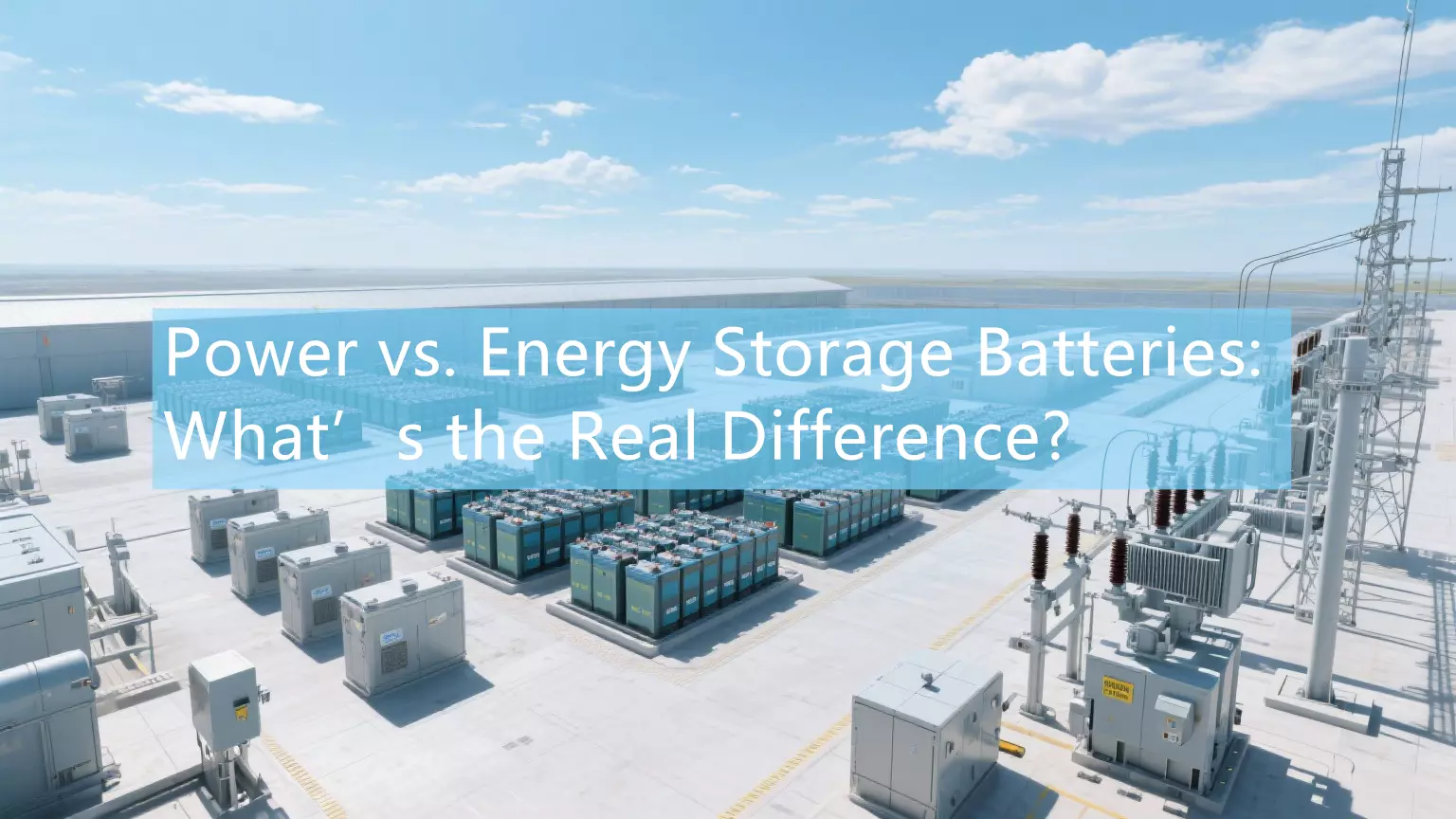As world telecom networks transition from 4G to 5G—and even 6G—the quantity and power demands of base stations are rising rapidly. This article explores why LiFePO₄ batteries are emerging as the top solution for efficient and reliable telecom energy backup.

1. Why LiFePO₄ Batteries Are Ideal for Telecom Applications
Exceptional Longevity
LiFePO₄ batteries exceed 3,000 to 6,000 cycles, providing over 10 years of stable operation—reducing costs and labor from frequent replacements.
Superior Temperature Tolerance
Operating from -20°C to 60°C, LiFePO₄ batteries thrive in deserts, mountains, and remote towers without performance loss.
Enhanced Safety with Smart Monitoring
Integrated BMS provides real-time monitoring and protection from overcharging, deep discharging, and short circuits.
High Energy Efficiency & Fast Charging
With ≥95% energy conversion and support for fast 1C+ charge rates, LiFePO₄ batteries outperform traditional options during outages or peak load demands.
2. Real-World Benefits for Telecom Base Stations
Modular Design for Voltage Flexibility
Supports 48V, 24V, or 12V systems via series/parallel configuration for seamless integration.
Reduced Footprint and Load
Occupies just one-third the size and weight of lead-acid batteries—ideal for space-limited rooftops or indoor stations.
Support for Smart Energy Management
Enables “peak shaving and valley filling,” saving ~$5,000 per year at one 5G site in Hangzhou, China.

3. Economic Impact: Lower Total Cost of Ownership
| Cost Factor | LiFePO₄ Battery | Lead-Acid Battery | Advantage |
|---|---|---|---|
| Service Life | 8–10 years | 2–4 years | Longer lifespan |
| Maintenance | Virtually none | Regular maintenance | Lower labor cost |
| Energy Efficiency | ≥95% | ~80% | Higher savings |
| Space & Weight | ⅓ of lead-acid | Bulky & heavy | Easier install |
| 10-Year Total Cost | $800 (approx.) | $1200 (approx.) | More economical |
| ROI Payback Period | 1–2 years | Longer | Faster break-even |
Repurposed second-life EV batteries offer even greater affordability and ROI for telecom infrastructure.
4. Deployment in Action
5G base station transformation in Hangzhou, China
Used retired EV batteries to create a 100kWh system—up from 20kWh—resulting in 24-hour backup time and over $5,000 in annual savings per station.
Uzbekistan Telecom Power Upgrade
Deployed in a high-temperature region with unreliable grid power. LiFePO₄ systems with remote GPS monitoring reduced maintenance and improved uptime.
5. Conclusion: A Smarter, Greener Future for Telecom Power
LiFePO₄ batteries are not just a power source—they are key to building sustainable, cost-effective telecom infrastructure. Their reliability and efficiency make them essential for both dense urban and remote deployment.
With energy demands rising, now is the time for telecom operators to adopt LiFePO₄ systems for long-term operational success and environmental responsibility.





